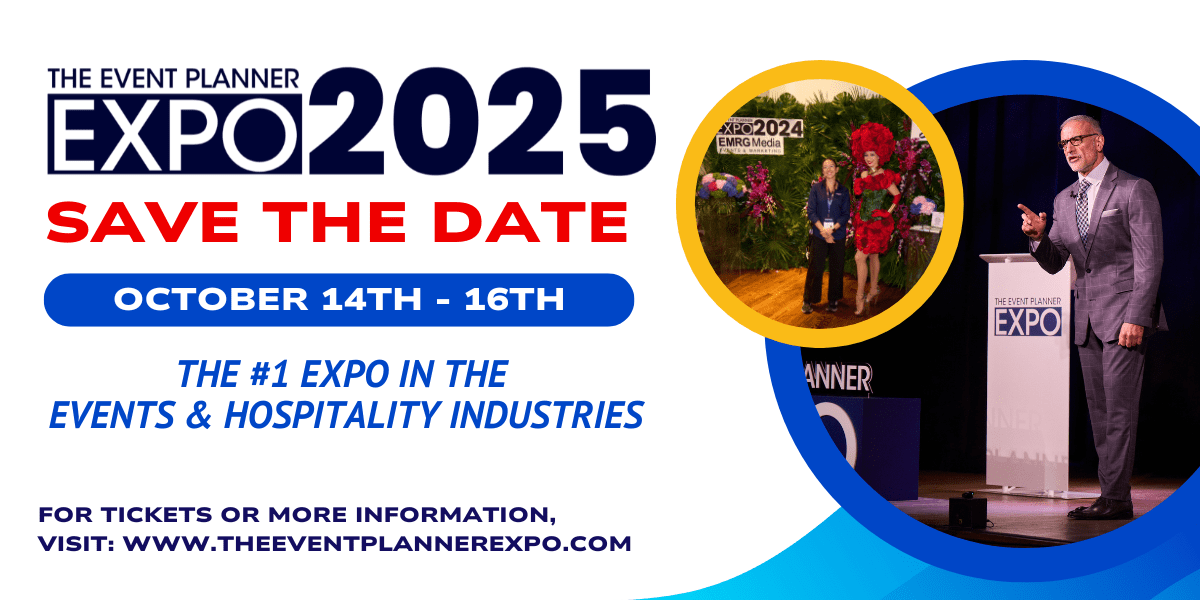By the end of 2020, there will be 269 billion emails sent and received every single day and by 2021, that will reach 319.6 billion. So, it’s safe to say that email is here to say.
Now what should event marketers in New York should ask themselves is: What do these statistics have to do with event marketing? Great question! According to a 2018 Event Marketing Industry Report, most marketers believe email is the single-most effective channel for promoting events.
The real challenge for event marketers now turns into maintaining a solid strategy amid an ever-changing industry. That’s where this post comes into play. In this article you will discover ways to optimize, segment, and measure your email campaigns to maximize performance. We will explore topics such as quality email content, appealing design, audience segmentation, and post-campaign analysis along your journey towards mastering email marketing as an event marketer.
Optimize Your Event Marketing Content
As an event marketer, how do you ensure that email recipients engage with the message you are conveying? Given the variety of audience with which event marketers need to stay connected, being able to capture the attention of specific stakeholders through quality content is the best way to ensure a successful event. At the end of the day, email is another form of content and it’s important to keep in the mind the multiple aspects of a great email. How long should the subject line be? What’s the difference between good and bad email design? Where should the CTA be included?
Segmenting Your Emails
Event Planners in New York have a number of email segmentation options at their disposal. Note that all of the options listed below could be combined for even more specific segmentation. Segmenting your email campaigns will make for a much smoother and logical email marketing process.
- Ticket Type: You may want to convey different information to different ticket holders. Perhaps logistical information is different for VIP registrants compared to Early Bird registrants.
- Location: When you’re promoting an event, it might make sense to concentrate on reaching out to contacts positioned near the venue first.
- Industry: Exhibitors are best promoted when emails are sent to contacts segmented by industry. Keep close track of the types of industries that are showing interest in your event and use that data to craft personalized messages for those precise audiences.
- Job Function: This should be an obvious one. Perhaps certain sessions will appeal only to CMOs, or different people holding different job functions in the same industry will want to know about specific sessions at the event you’re planning.
- Contact Role: Dependent on the event CRM platform you are working with, you might be able to assign an explicit role to a contact.
- Age: Segmenting emails by age can help you communicate with contacts in their preferred style. Doing so will also ensure that you are using the appropriate tone and verbiage for the intended reader.
- Lead Status / Hot Lead: For those using a sophisticated event registration software, it may be possible to identify contacts who began the registration process but abandoned it. If it is likely to classify these contacts, sending them a follow-up email reminding them to register is a great way to increase registration rates and recover otherwise lost revenue.
Measure Your Campaign
Now that we’ve discussed some of the key tricks that will help you to create and conduct an email campaign, Event Planners in New York will need a way to measure the results. Using a service such as MailChimp can help you answer questions like:
- What are your key performance indicators and metrics of success?
- Is the focus on open rates?
- Click-through rates?
- Registrations?
There are countless statistics that Event Planners in New York should review to measure and analyze the success of your email marketing efforts.
Based on a study performed by MailChimp, the average open rate for emails within the events industry is 21.21%. This is a useful benchmark to remember as you monitor the progress of your campaigns. When people receive an email, the very first option is to either open it or not. Thus, open rates are usually a core metric of interest for many event marketers.
Conclusion
Now that you’ve learned the core event marketing fundamentals, it’s time to put these lessons into action. Make sure to sign up for an email marketing services that includes marketing features and native integrations that will ensure reliably successful campaigns. If all of this is already in place, hit send and good luck!
For more event ideas, make sure to attend The Event Planner Expo in New York each year to stay on top of event trends!

























